How to jump start your car
Everyone needs a jump at some point — here's how to do it
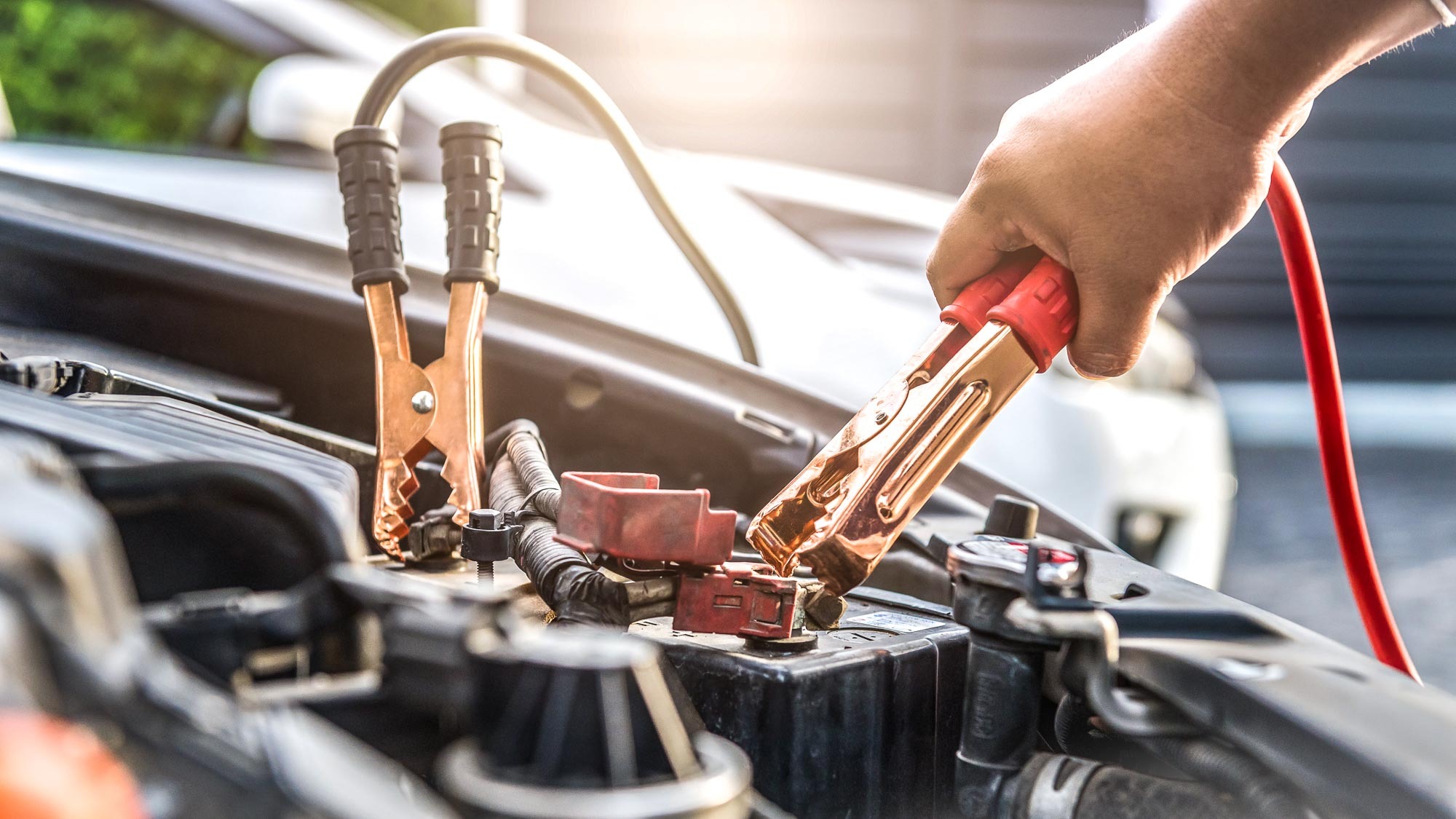
We’ve all been there. You open up your car, climb inside, turn the key in the ignition and ... nothing. Your car won’t start because the battery has died, yet you have places to be. What now?
Thankfully, a dead battery is one of the easiest car problems to deal with and can be fixed with a simple jump-start. Using another car to revive yours sounds like a complicated process, but once you get going you’ll find that it’s very simple, if a little time-intensive.
So here’s how to jump-start a car and get yourself back on the road.
If your car seats have seen better days, read how to clean a car seat like a pro.
- Check out how to clean headlights
- Here's how to remove ice from a driveway
What to do before you jump-start your car
A car with a dead battery A gasoline-powered car with a functional battery Jumper cables Patience
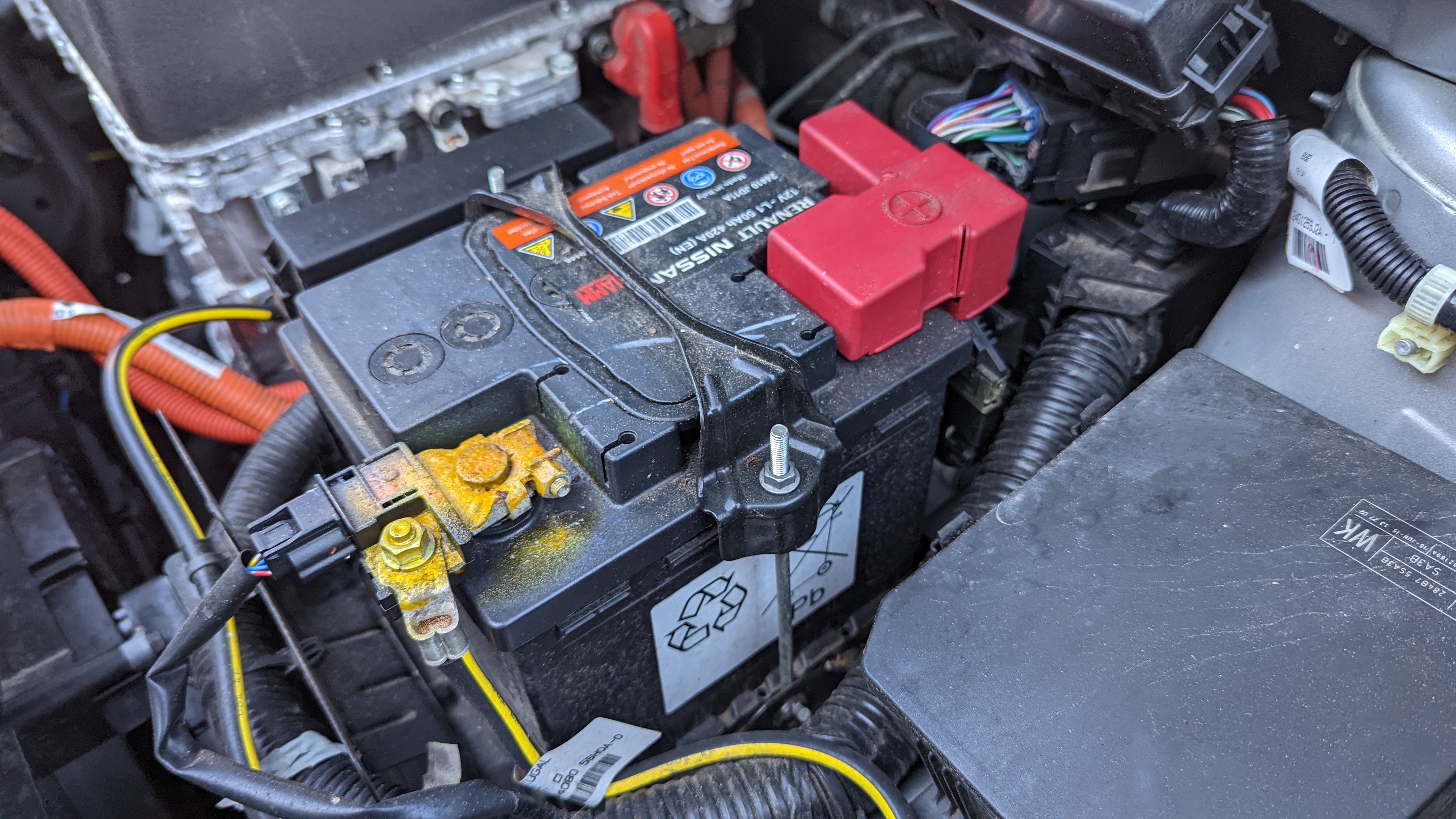
The most important thing about playing with electricity is to make sure it’s safe to do so. That way, your car shouldn’t suffer any significant damage when you attempt to refill the battery.
Your first step is to make sure the battery is in good working condition. That means ensuring it isn’t damaged and there’s no leakage of any kind.
If it is leaking, you should stop what you’re doing and call roadside assistance. The same goes for jumper cables, because damaged cables can do more harm than good.
Sign up to get the BEST of Tom's Guide direct to your inbox.
Get instant access to breaking news, the hottest reviews, great deals and helpful tips.
It’s also worth making sure you aren’t wearing any baggy or hanging clothes, such as scarves or ties, because there’s a risk they could get stuck in the moving parts of the engine. The same goes for long hair — tie it back before you lean over a running engine.
You should also check to make sure there’s no stray metal touching the battery, because this can cause sparks.
How to jump-start your car
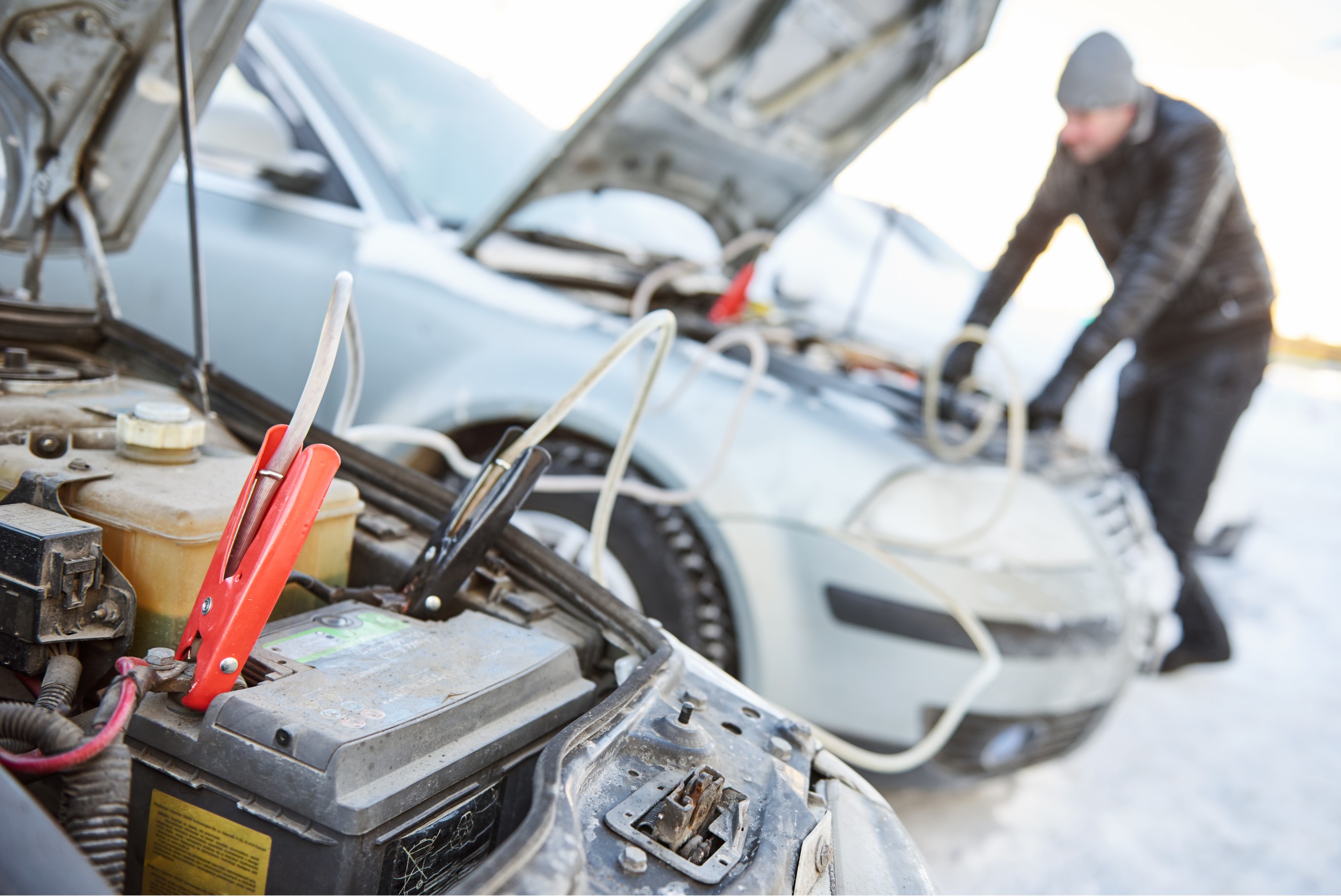
- Position both cars so that both batteries are within reach of the jumper cables.
- Turn off both engines and pop the hoods, then ensure the hand or parking brakes are on.
- Connect your red jumper cable to the positive terminal on the working battery.
- Connect the other end of the red jumper cable on the positive terminal on the dead battery.
- Connect the black jumper cable to the negative terminal on the working battery.
- Connect the other end of the black jumper cable to a grounding point on the car with a dead battery. This can be any piece of unpainted metal in the engine block — provided it’s well away from the battery and fuel system.
- Switch on the working car’s ignition and let the engine run for a couple of minutes.
- Switch on the ignition on the car with the dead battery and try to get the engine to turn over. You may have to pump the gas pedal a few times before the engine starts. If two or three start tries don't do it, wait a couple of minutes and then try again.
- Once both cars are running, leave them both idling for around 10 minutes. This will recharge the dead battery enough to give it an independent start.
- Switch off both engines.
- Remove the jumper cables in reverse order, and be sure the leads don’t touch each other.
- Turn on your car’s engine.
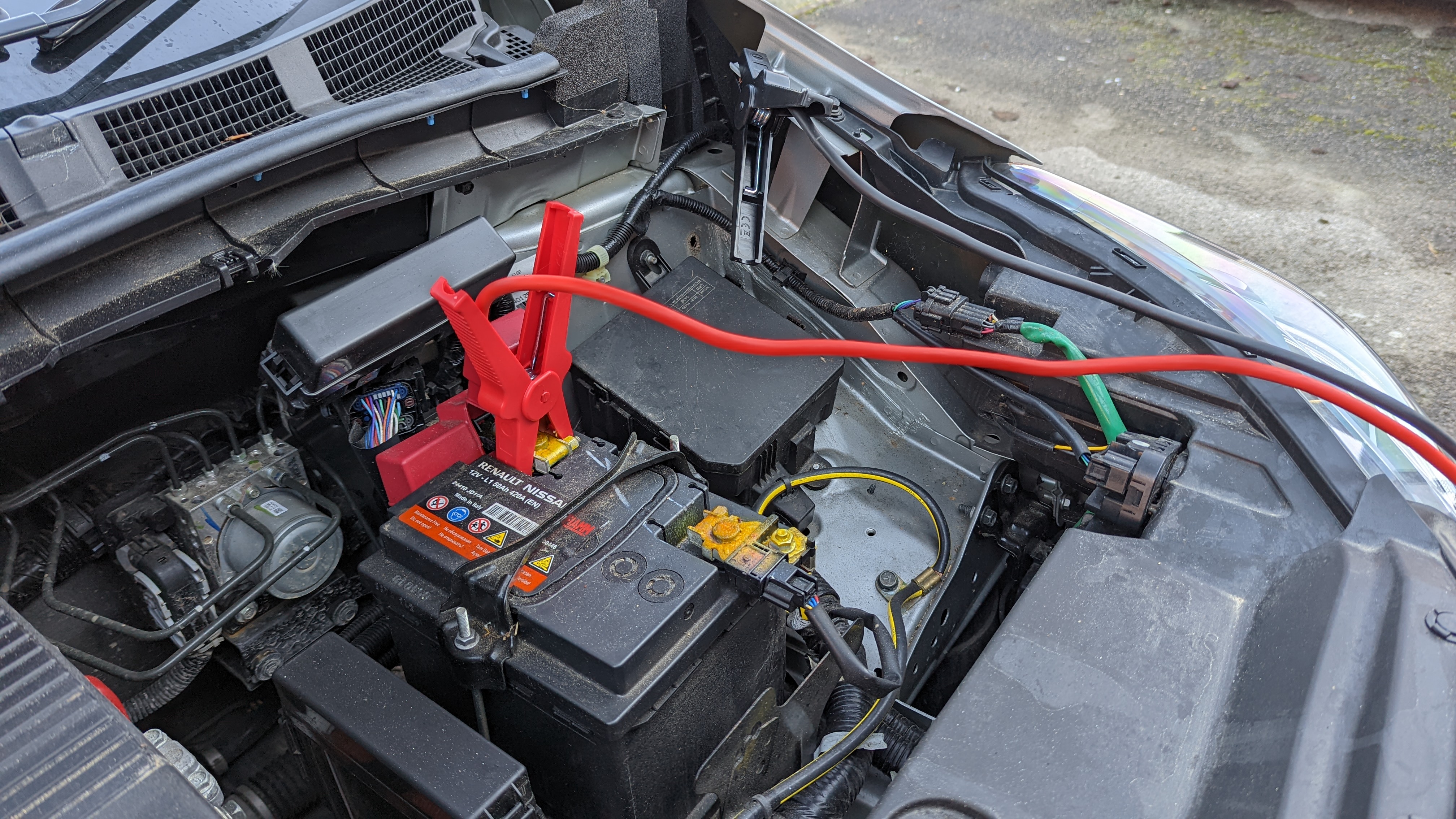
At this point your car’s engine should be able to start even without being connected to the second car. If it still won’t start, try repeating steps 1-8. After that, you will probably need to call a roadside assistance company for help.
How to jump-start a car with a battery booster pack
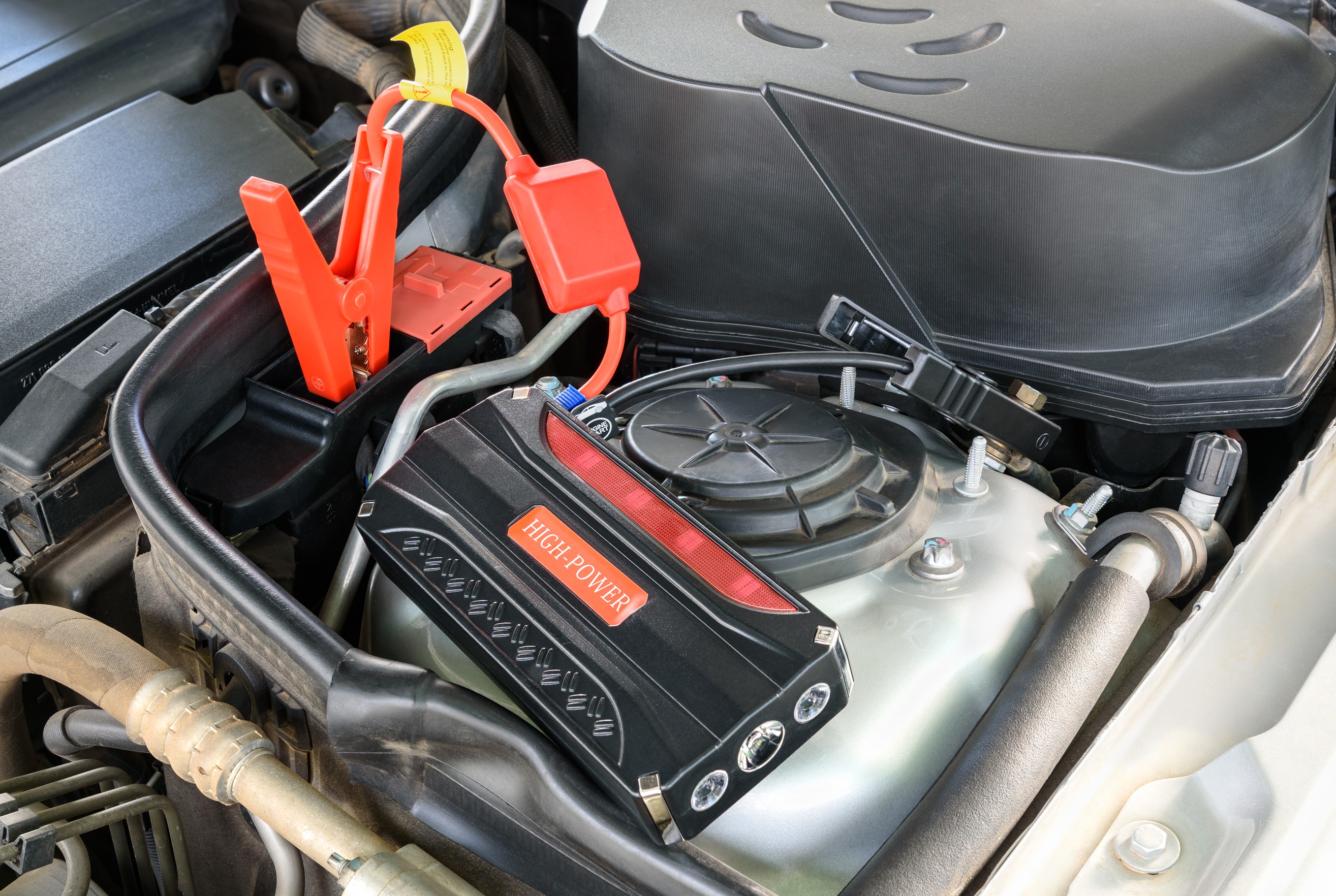
If you planned for this eventuality already and have a charged-up battery-booster pack in your car, then the jump-start process is much the same, albeit without having to find a second car willing to wait around to give you a jump. Here’s what you do:
- Make sure the booster pack is fully charged — otherwise every other step is futile.
- Connect the red jump lead to your car battery’s positive terminal.
- Connect the black jump lead to a grounding point.
- Start the engine.
- Let the car run for five to ten minutes.
- Turn off the engine and disconnect the battery pack in reverse order: black then red.
- Restart your engine.
What to do after your car has been jump-started
Your car likely needed a jump because something drained the battery to the point where it wasn’t able to power the starter motor. Once your car is up and running, you need to make sure that the battery is recharged so you don’t need another jump next time you want to use the car.
The good news is that the battery recharges by itself as you drive. Fifteen to 30 minutes of uninterrupted driving with the headlights off will usually do the trick. If you're driving at night, it could take longer.
Can you jump-start an EV?
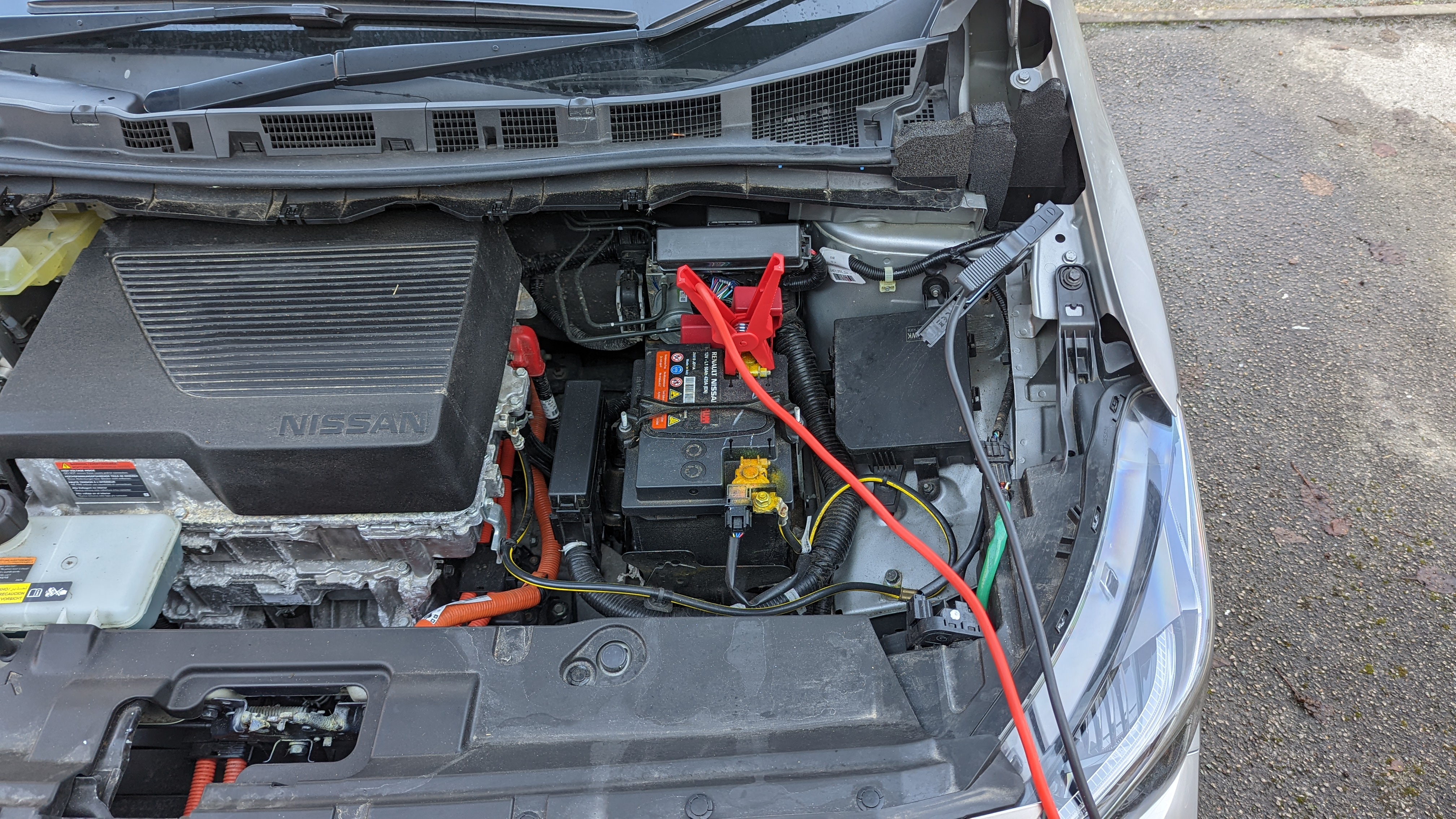
Yes, you can indeed jump-start an electric vehicle, although the circumstances in which you’d need to give an EV a jump are rare.
Electric cars have two batteries. The larger main battery powers the wheels; a smaller 12-volt battery, similar to a regular car battery, powers everything else. The 12V battery recharges using power from the main battery.
That means the only times you would need a jump are if you let the main battery level drop to zero, or you left the car plugged in for too long. In either case, it would still take about two weeks for the 12V battery to lose its charge.
However, most EVs can be jump-started in exactly the same way as a regular gasoline-powered car. I should mention that a jump can only provide power for the 12V battery and will not offer any additional range.
It’s also worth emphasizing that EV 12V batteries don’t have the cranking power necessary to jump-start a gasoline-powered car, so attempting to do that can cause significant damage to the EV's electrical system.
For other car tips and tricks, check out our guide on how to drive in the snow and how to defrost a windshield without damaging it.

Tom is the Tom's Guide's UK Phones Editor, tackling the latest smartphone news and vocally expressing his opinions about upcoming features or changes. It's long way from his days as editor of Gizmodo UK, when pretty much everything was on the table. He’s usually found trying to squeeze another giant Lego set onto the shelf, draining very large cups of coffee, or complaining about how terrible his Smart TV is.
